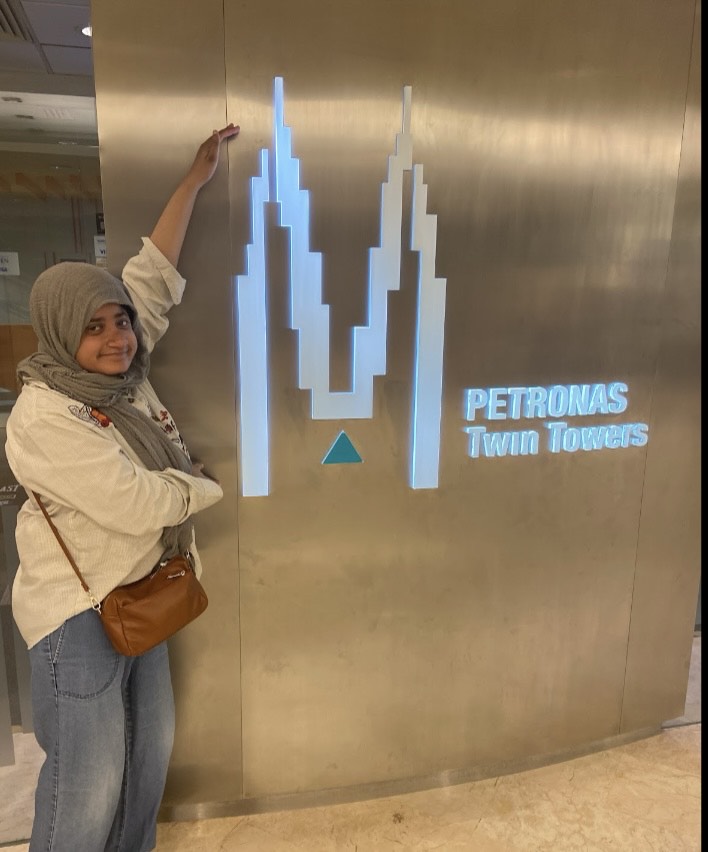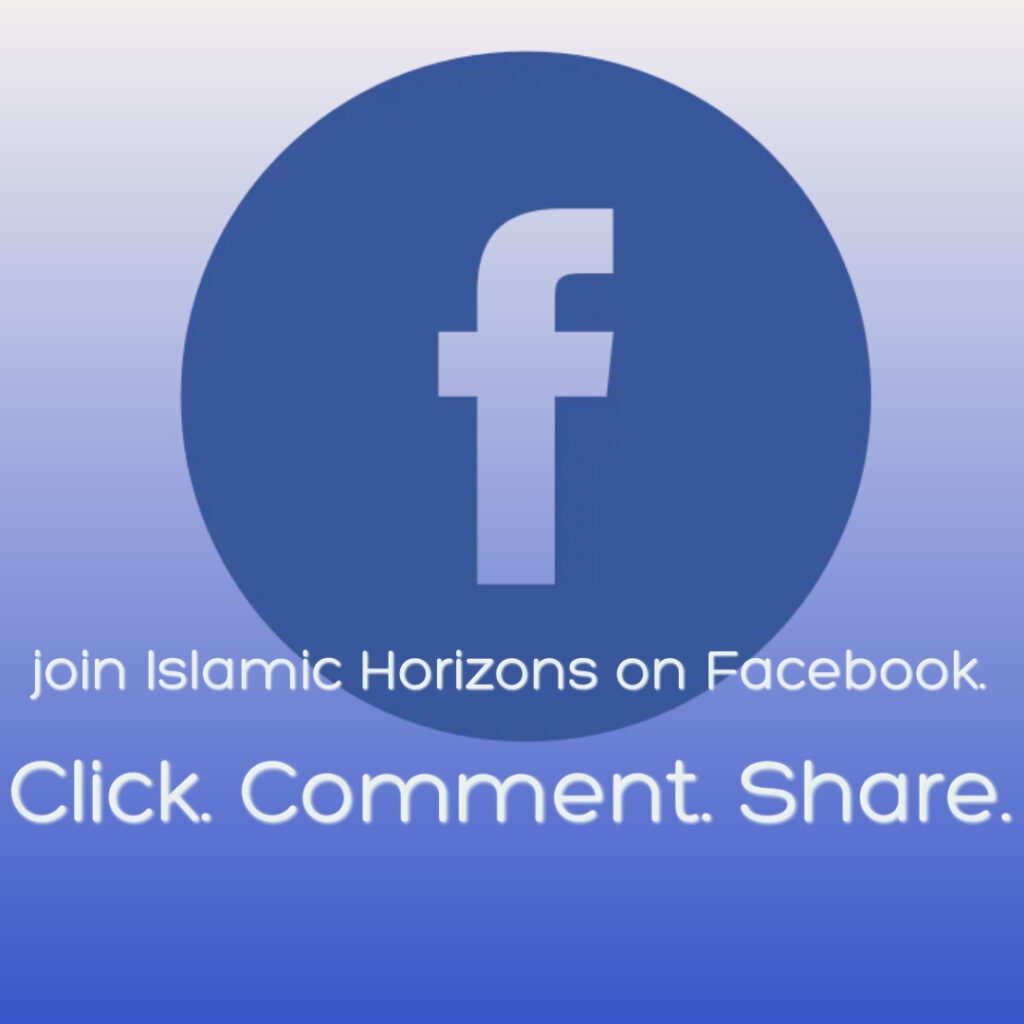A Unique Experience for a Muslim-American Tourist
By Amani Salahudeen
July/Aug 2024

For three consecutive years recent surveys conducted by Singapore’s Crescent Rating and the United States’ Dinar Standard have chosen Malaysia as the world’s top destination for Muslim travelers. This hardly comes as a surprise, for the country has all the necessary ingredients of an ideal Islamic tourism destination. With an abundance of halal food, prayer facilities and Islamic attractions, Malaysia perfectly caters to the needs of Muslim travelers. The country’s rich Islamic history and heritage also form layers of fascinating experiences just waiting to be discovered.
Ramadan in Malaysia is also a special celebration. In fact, it felt like a daily celebration. The capital, Kuala Lumpur, is a vibrant metropolis where all cultures, religions and tastes collide to create a new, modern Asia that bears no resemblance to any other place I’ve ever been.
Spending Ramadan in a Muslim-majority country was unlike anything I’ve ever experienced before. Hearing the adhan throughout the day and seeing advertisements featuring Muslimas all around was amazing. As an American, this was unusual for me, but wonderful to witness. Malaysia is also one of the prettiest places to visit. There’s so much Islamic history there, and the country is so picturesque.
During Ramadan, Malaysia’s Muslims abstain from eating in public and eateries typically do not serve Muslim customers during fasting hours. Non-Muslims wishing to show respect for this tradition can opt to dine during quieter times and avoid public restaurants during the day.
My family enjoyed visiting Kuala Lumpur’s National Blue Mosque and Pink Mosque, both of which provide ample space for women to pray and perform their pre-prayer ablutions. These facilities are among the best I’ve ever used. Malaysians have a traditional prayer outfit, and many spares are available for those who might like to wear one.
The mosques are open to everyone. Non-Muslims are given robes to wear upon entering. The taraweeh prayer was a lot shorter than expected, but the sense of community is palpable. The only downside was that many of these mosques were not wheelchair accessible, so my grandmother couldn’t join us.
Malaysia has a joyful atmosphere during Ramadan. Large retail centers in the capital go all out for Eid al-Fitr (aka Hari Raya Aidilfitri), bursting with sales and community dinners as moreh, a Ramadan supper held after the taraweeh prayer. The radio plays regional songs celebrating Eid, and at night the sky is filled with fireworks.

Foodies Rejoice
Since 64% of Malaysians are Muslim, most of the food is halal. This makes going to the grocery stores less of a hassle than it is here in the U.S. The food is flavorful and isn’t as spicy as I anticipated.
An absolute haven for foodies, Kuala Lumpur is transformed into a feast of stories and cultures thanks to this melting pot of nationalities. Since rice (nasi) is a staple of most major meals, one of the best dishes I enjoyed was nasi lemak, a delicious combination of coconut milk rice served with sambal (chili sauce or paste), fried crispy anchovies, toasted peanuts and cucumber. You can also add a fried egg on top to enjoy nasi goreng.
The capital is known for its street food, which I loved. But I also made sure to check out more contemporary restaurants and hangouts in the area because I’m constantly searching for the best place to eat. Getting to sample halal Vietnamese pho (fragrant beef noodle soup with fresh toppings) for the first time was one of the nicest meals.
Among the best sights to see is the Islamic Art Museum Malaysia (IAMM). Located in central Kuala Lumpur’s Lake Gardens neighborhood, it spans 33,000 square feet. Since its opening in 1998, IAMM has housed over 10,000 artifacts. Its Scholar’s Library has an outstanding collection of Islamic art publications. Among the artworks on exhibit are the smallest jewelry items to one of the largest scale replicas of the Masjid al-Haram. The museum emphasizes Asia, rather than focusing on works from the Middle East and Persia. Most notably, China, India and Southeast Asia are well represented.
My favorite part was getting to see how masjids looked in various Asian countries through decades. I also loved seeing that the museum’s library had works by popular Malaysian authors, including Hanna Alkaf, one of my favorites.
The Istana Negara (King’s Palace) draws tens of thousands of tourists with its Islamic style architecture and golden domes. Under its constitutional monarchy system, each of the country’s nine states has its own monarch. Every five years, or whenever a vacancy occurs, they convene as the Majlis Raja-Raja (Conference of Rulers) to elect among themselves the Yang di-Pertuan Agong (Supreme Head of the Federation).
The Royal Museum, which is situated on the royal grounds, offers information on the monarchs even though one cannot enter the palace itself. For example, it was fascinating to discover during a tour that many people do not realize that the king usually serves the nation for a term of five years before handing it over to someone else.
Even though the weather is incredibly hot, there is the occasional pleasant evening breeze. It would be preferable to stay somewhere that offers central air conditioning. Getting around with Malaysia’s version of Uber was also a little difficult because of the language, some miscommunication and the blatant lack of customer service — one day we spent over 35 minutes waiting in the heat for a car to pick us up.
This was a very different trip from any place I’ve ever visited. In Malaysia, Ramadan is a vibrant celebration of faith, culture and community, rather than just a time for religious devotion. Whether you choose to join in the customs or just watch the celebration, spending the holy month in a Muslim country offered a unique cultural experience that made a lasting impression upon me.
Amani Salahudeen (B.A., professional writing and journalism, The College of New Jersey; M.A., secondary English education, Western Governors University) has been published in Pop Culturalist, Muslim Girl, Her Campus and The Signal.
Tell us what you thought by joining our Facebook community. You can also send comments and story pitches to [email protected]. Islamic Horizons does not publish unsolicited material.
